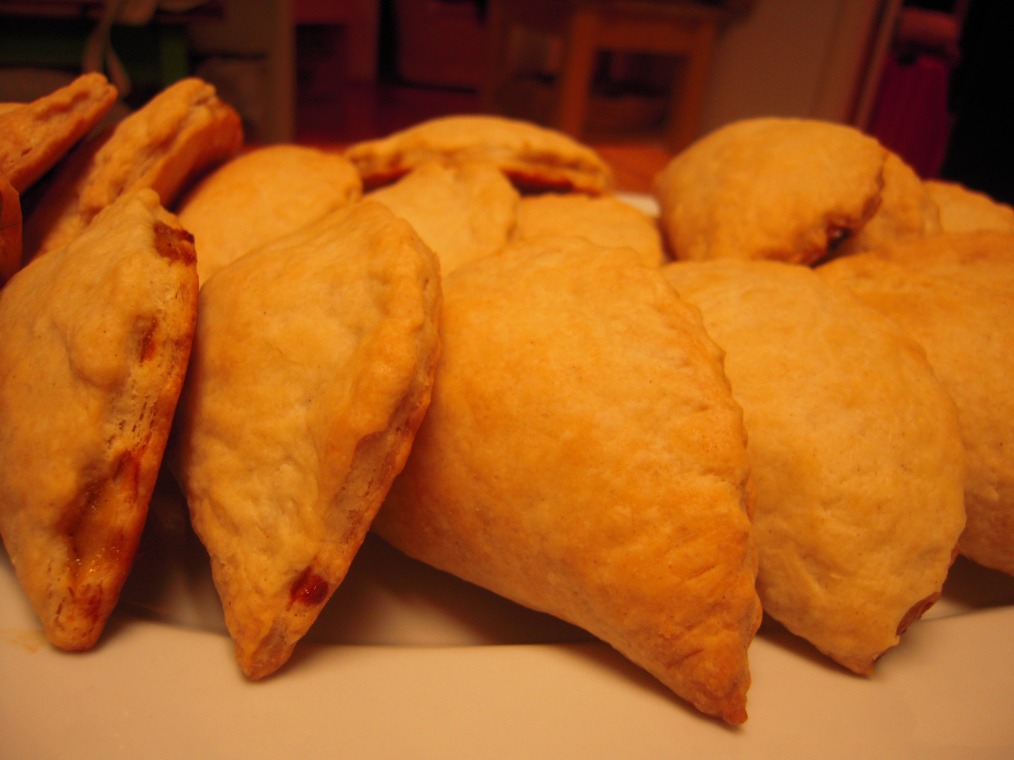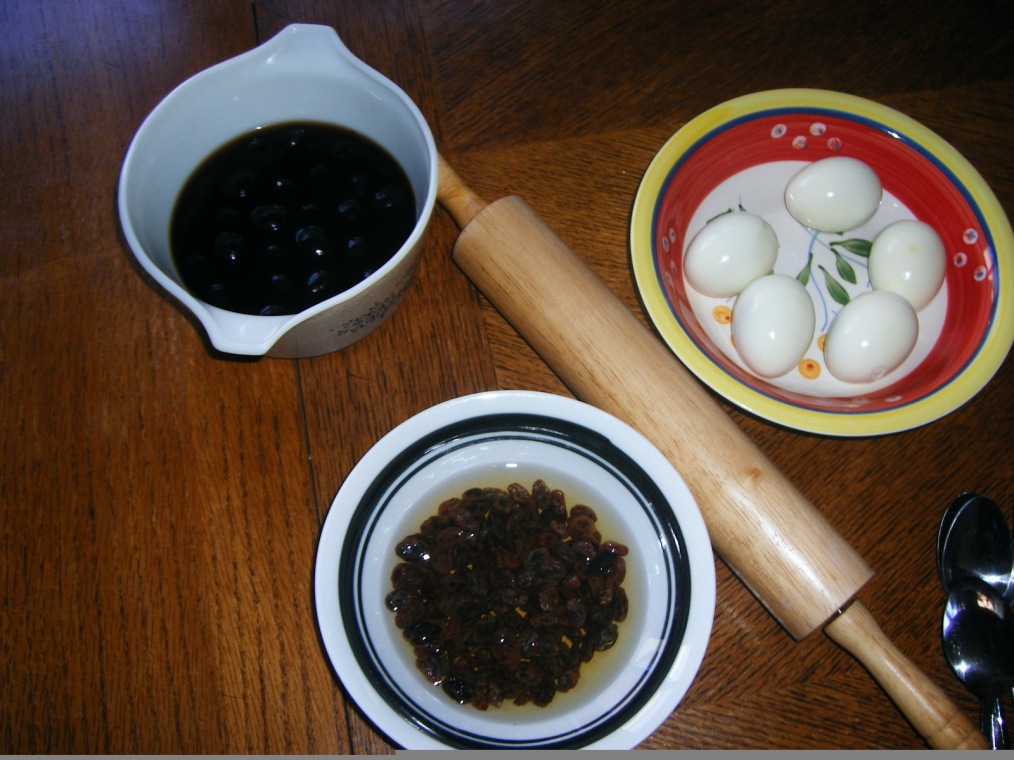Growing up in the Central Valley of California, I was surrounded by a culturally diverse population. My friends were mostly children of immigrant parents coming from Cambodian, Vietnamese, Thai, Mexican, Laotian, Central and South American, European, and Hmong backgrounds. I was always invited to family parties where food was the main guest. My neighborhood was the melting pot of culture and food. It’s hard to talk about one culture without mentioning a traditional dish. Today, when I meet a person from a particular culture I immediately start talking about the food. It’s the best way to make a person feel comfortable and at home.
Now that I’ve made you feel at home, I’m going to talk about the Empanada. It is one of my favorite things to make, eat, and share with others. Every Latin country from Mexico to Argentina make some sort of hand held pastry of flour or corn covering a sweet or savory filling that is baked or deep fried. I was familiar with the sweet empanadas. More like I had a love affair with them. I was the overweight little brown girl staring hopelessly at the baked goods in the Panderia section of Don Juan’s or La Perla Tapatia (Hispanic grocery stores) while my mom picked out the freshest carnitas and tortillas for lunch. There was pumpkin (my favorite), custard, apple, and pineapple. Oh, the decisions!

My first time making empanadas was many years ago on the 18th of September (Chilean Independence Day), with one of my best friends and her Chilean family. Having only eaten sweet empanadas, I was pleasantly surprised to learn that they made savory meat ones. I realized very quickly not to discriminate against any empanada. We would be making the pino version, which were filled with beef cooked with lots of onions and cumin, hard boiled eggs, olives, and raisins. Some were baked in the oven and others were deep fried (oh my!!!). It took sometime to learn how to stuff and seal the delicious little pastries without them popping or cracking open, but overtime and many 18th of Septembers, I was finally able to make them on my own. It also helped to have my friend’s mom guide me along the way.

I like to think of the empanada as a Latin American cultural icon or even as a survival from colonialism. During the conquest of the New World, the Spanish introduced many new food items to the existing cultures, and vice versa, later becoming part of the modern Latin American culinary identity. Since no women were on the initial explorations, I imagine the indigenous women of Mesoamerica being the first makers of what we now know of as the empanada. They combined their local ingredients with the Spanish tradition to create a mestizaje of food, race, and culture. The word empanada comes from the spanish verb ’empanar’ or ‘to coat with bread’ and that’s just what the Spanish did to the New World. The Old World and New World might have had centuries of social, political, and economic struggle, but when it comes to food they mixed incredibly well. The empanada is the edible Latin American cultural icon where you can taste a little bit of history in each bite.
